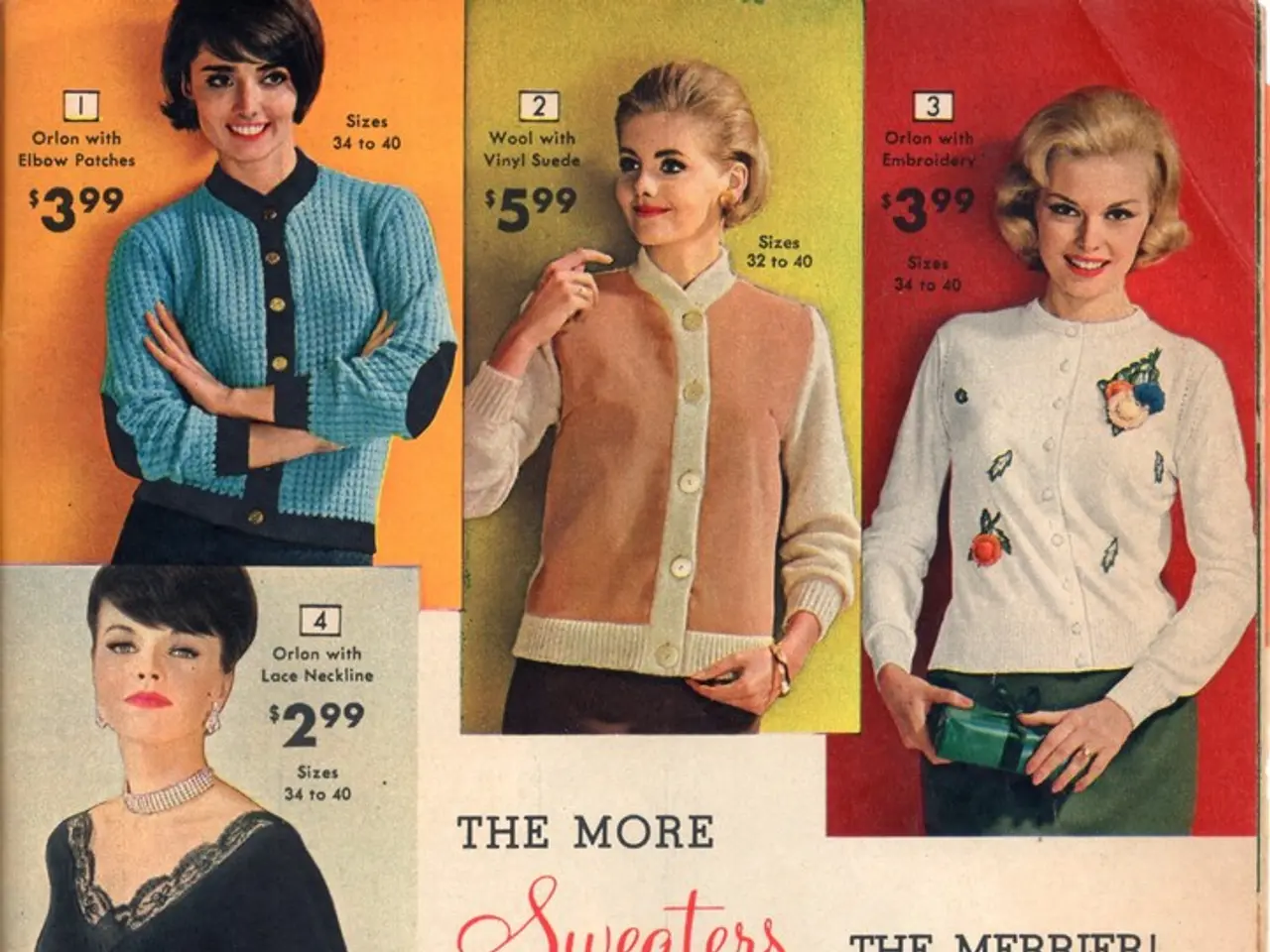Forging a Path: Insights on Becoming a Skilled Clothing Designer
Designing clothes is more than just a creative pursuit – it's a career that demands a blend of artistic talent, technical skills, and a deep understanding of the fashion industry. Here's a comprehensive guide on how to become a successful clothing designer.
Steps to Become a Fashion Designer
- Education: Obtain a bachelor’s degree in fashion design, apparel technical design, textile sciences, or related fields. Courses often cover textiles, sewing, pattern making, fashion history, and computer-aided design (CAD).
- Portfolio Building: Create a collection of your best designs and sketches to showcase your creativity and technical skills to potential employers.
- Gain Practical Experience: Apply for internships or entry-level roles in fashion companies to understand industry practices, networking, and responsibilities.
- Networking: Connect with industry professionals, attend trade shows, and collaborate with other designers to increase opportunities.
- Specialization: Choose your specialty area such as pattern making, accessory design, or textile expertise, and hone the required skills.
Qualifications
- A Bachelor’s degree or associate degree in fashion design or a closely related discipline is the most common academic qualification.
- Coursework in sewing, tailoring, patternmaking, textile science, fashion history, and CAD software is typical.
- Specialized diplomas or degrees in accessory, product, or jewelry design are additional options.
Essential Skills
- Creativity and artistic talent: Ability to innovate designs and visualize new fashion concepts.
- Technical drawing and CAD proficiency: Skilled in drawing by hand and using software like Adobe Illustrator or CLO 3D for digital designs.
- Sewing and pattern making: Knowledge of fabric behavior and ability to convert designs into wearable prototypes.
- Knowledge of textiles and sustainability: Understanding fabric properties and their environmental impacts for selecting materials.
- Trend analysis and market research: Awareness of fashion trends and buyer preferences to produce commercially successful designs.
- Communication and presentation skills: Effectively explaining concepts and showcasing collections professionally.
- Attention to detail: Precision in design details, fit, and quality control.
- Business acumen and marketing: Understanding brand positioning, pricing strategies, and consumer behavior.
- Time management and leadership: Managing deadlines and leading design projects effectively.
Career Paths
- Working as an independent fashion designer or starting your own label.
- Joining fashion houses or companies as a designer, pattern maker, or textile specialist.
- Specializing in accessory design, costume design, or fashion illustration.
- Opportunities in fashion marketing, merchandising, and retail management.
- Roles in technical design, product development, or garment construction supervision.
In summary, becoming a successful clothing designer involves formal education, building a strong portfolio, developing both creative and technical skills, gaining industry experience, and networking strategically. Specializing in a niche within fashion and continuously adapting to trends and technologies also contribute to a thriving career.
Embroidery can be learned as a specialized skill within fashion design, enhancing your portfolio and positioning you as a versatile designer in the fashion industry. Education in fashion-and-beauty, such as a bachelor's or associate degree in the field, is essential for developing the necessary knowledge of sewing, patternmaking, textile science, and CAD software.
Learning isn't restricted to traditional education—online courses, workshops, and self-directed study can supplement your formal education and broaden your skillset in fashion, education-and-self-development. A career as a clothing designer can lead to various paths, including fashion-and-beauty, fashion-illustration, or fashion-marketing, offering opportunities to showcase your embroidery skills and contribute to your overall success in the industry.




